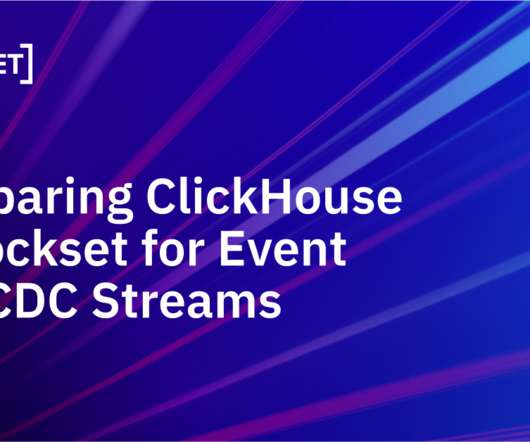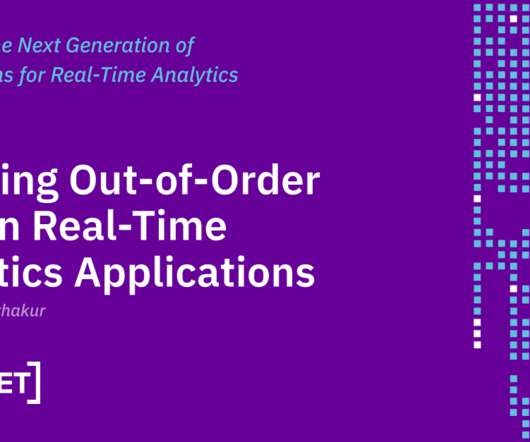Five Ways to Run Analytics on MongoDB – Their Pros and Cons
Rockset
FEBRUARY 2, 2022
Let’s explore five ways to run MongoDB analytics, along with the pros and cons of each method. 1 – Query MongoDB Directly The first and most direct approach is to run your analytical queries directly against MongoDB. 3 – Use a Data Warehouse Next, you can replicate your data to a data warehouse.











Let's personalize your content